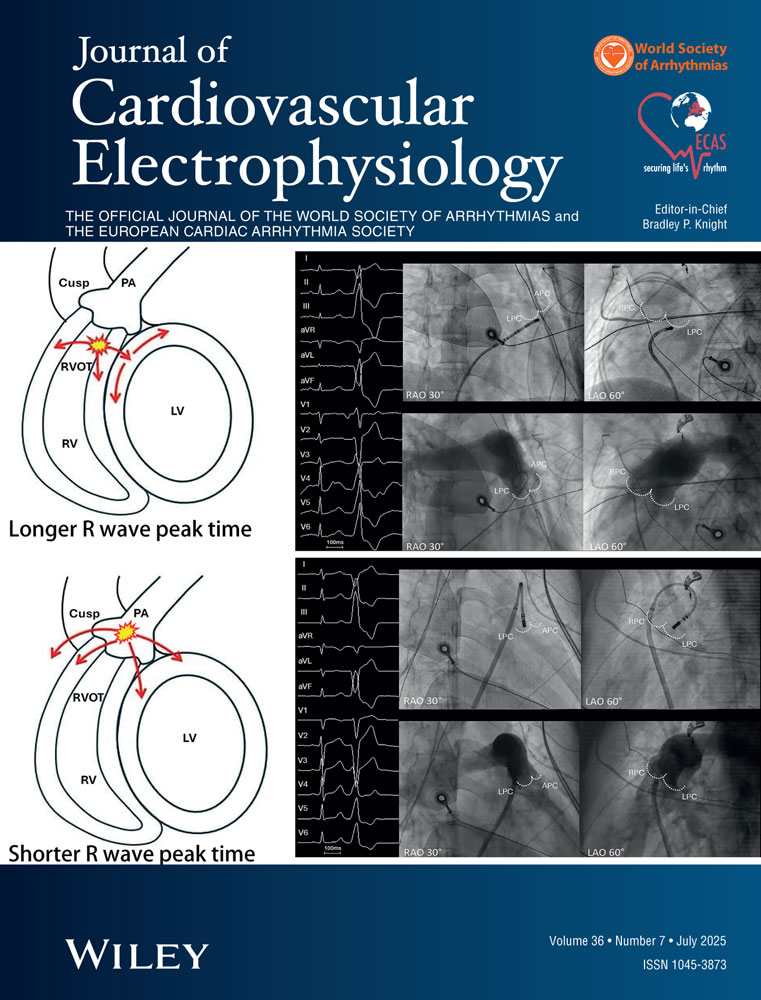The Effects of Ventricular Fibrillation Duration and a Preceding Unsuccessful Shock on the Probability of Defibrillation Success Using Biphasic Waveforms in Pigs
This study was supported in part by the National Institutes of Health research grams HC-42760 and HC-28429 and the National Science Foundation Engineering Research Center grant CDR-8622201.
Abstract
Influence of VF Duration on Defibrillation Efficacy. introduction: While the defibrillation threshold has been reported to increase with ventricular fibrillation (VF) duration for monophasic waveforms, the effect of VF duration for biphasic waveforms is unknown.
Methods and Results: The ED 50 requirements (the 50% probability of defibrillation success) for an endocardial lead system, which included a subcutaneous array, were determined by logistic regression using a recursive up-down algorithm for a biphasic waveform ((6/6 msec). The study was performed in two parts, each with eight pigs. In part 1, ED 50 was compared for shocks delivered after 10 seconds of VF and for shocks delivered after 20 seconds of VF following a failed first shock at 10 seconds. Energy at ED 50 decreased from 6.5 ± 0.9, J for shocks delivered after 10 seconds of VF to 4.9 ± 0.8, J (P < 0.01) for shocks delivered after 20 seconds. To determine if improved second shock efficacy was a result of preconditioning by the failed first shock or a function of VF duration, part 2 of the study compared defibrillation efficacy between shocks delivered after 10 seconds of VF with shocks delivered after 20 seconds of VF with and without a failed first shock at 10 seconds. Mean energy at ED 50 decreased from 10.1 ± 2.4, J for shocks delivered after 10 seconds of VF to 7.9 ± 2.4 J (P < 0.01) and 7.5 ± 3.2 J (P < 0.01) for shocks delivered after 20 seconds of VF with and without a failed first shock, respectively. The mean energy at KD 50 for shocks delivered after 20 seconds of VK with and without a failed first shock was not significantly different (P = 0.53). A strong linear correlation for energy at ED 50 was found between shocks delivered after 10 seconds of VF and shocks delivered after 20 seconds of VF following a failed first shock (r = 0.95, P < 0.01).
Conclusion: (1) As opposed to monophasic shocks, ED 50 is significantly lower for biphasic shocks delivered after 20 seconds of VF compared with shocks delivered after 10 seconds of VF in pigs. (2) An unsuccessful biphasic shock in pigs does not affect the defibrillation efficacy for a subsequent shock. (3) ED 50 for a biphasic shock delivered after 20 seconds of VK is linearly related to ED 50 for a shock delivered after 10 seconds of VK.




